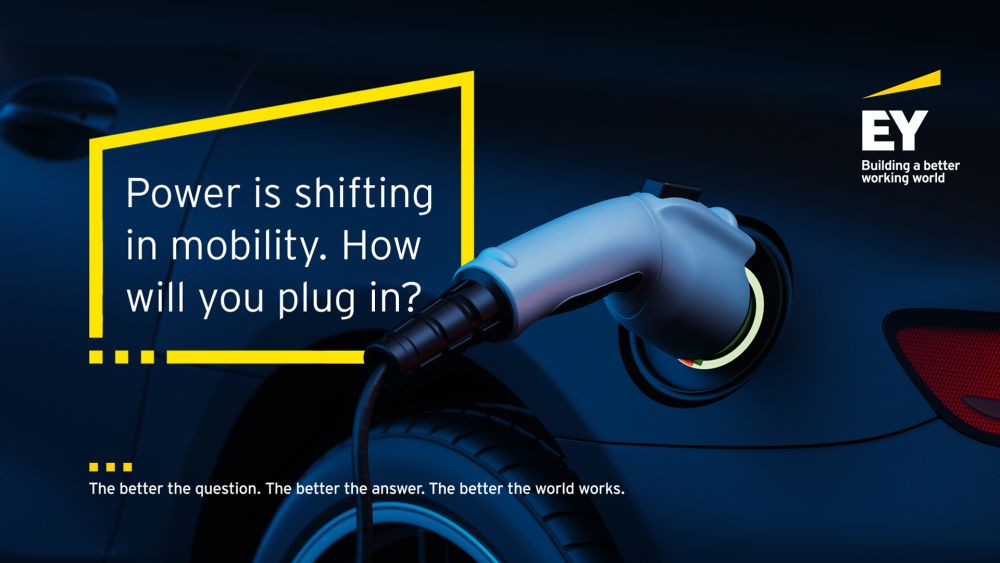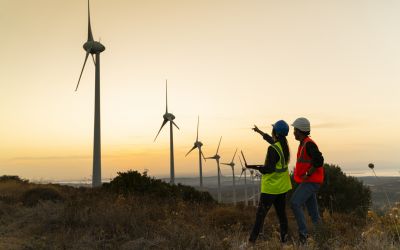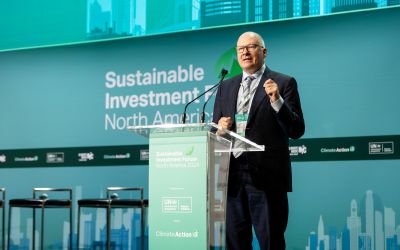How prepared are global markets for an EV transition?
It’s no secret that the global light vehicle market is in the throes of a transition towards cleaner, greener, electric drivetrains and away from over 100 years of ICE power. A secular shift is underway, driven by the pressures of legislation, concerns over sustainability and the concomitant shift in OEM strategy, reduction in battery costs, wider availability of EV models and increased consumer demand.

It’s no secret that the global light vehicle market is in the throes of a transition towards cleaner, greener, electric drivetrains and away from over 100 years of ICE power. A secular shift is underway, driven by the pressures of legislation, concerns over sustainability and the concomitant shift in OEM strategy, reduction in battery costs, wider availability of EV models and increased consumer demand.
But beneath that apparently homogenous top-line transition narrative, the reality on the ground is uneven and less orderly. Individual national markets are in very different states of readiness for the EV transition, with varying legislative priorities, different supply chain strengths and vulnerabilities and evolving patterns of demand. The key global auto markets may be heading broadly for the same ultimate destination, but some commenced their journey earlier, while others are proceeding more quickly or slowly and via more direct or circuitous routes.
The EY EV Country Readiness Index (EVCRI) has been devised to provide some insight into, and context around, this complex global EV picture at a national level. Which countries are closest to reaching the tipping point at which the EV ecosystem will become self-sustaining, and which still have a way to go?
The 2022 EV Country Readiness Index looked at 14 key markets which cover about 90% of global electric vehicle volumes. We assess each country’s capabilities and progress relative to the 3 pillars of Supply, Demand and Regulatory. Within each of the pillars, we analyze a variety of variables to come up with a weighted numerical score. For example, for Supply factors we include parameters such as battery manufacturing capacity, charging infrastructure and energy supply maturity. Demand factors include affordability, fleet and consumer demand and also consumer behavior data sourced from EY’s Mobility Consumer Index report. Regulatory factors include parameters such as monetary and usage incentives for EVs, and disincentives for ICE vehicles including ICE phase-out timelines. To complete the analysis, each country was given a score on each of the pillars. Weights were then assigned to these scores to come up an overall score that gives us the country rankings from 1 to 14.
It came as no surprise that China came out on top. China is the clear leader when it comes to supply. Home to 122 out of 200 lithium Giga factories globally already and with further investment to come from both domestic and local players. The country has ready and secure access to raw materials and is forecasted to have the capacity to produce 944 Gwh of Li-ion batteries by 2025, more than twice the expected 368 Gwh capacity across the whole of Europe by the same date.
Norway, Sweden, Germany and the UK round out the top five in the index. Norway has long been a pioneer when it comes to EV adoption, with strong regulation in the form of tax benefits as well as EV lanes and parking spaces resulting in more than 70% of all new 2021 car registrations were for EVs. Sweden’s strong energy ecosystem along with high consumer uptake (more than 40% in 2021) and strong manufacturing presence (41% of all cars produced in Sweden are expected to be electric models between 2022-26) means it remains ahead of Germany and the UK, although these last two have decidedly strong manufacturing presence, localized battery manufacturing and upcoming EV launches.
And while investment in Europe and the US is also growing, with lead times of up to 10 years on new lithium processing plants, China started early, and its dominance of the battery supply chain is likely to continue for some years yet. It also has the most developed public charger network, with 0.43m DC fast chargers and 0.62m AC chargers installed. It plans to deploy 20m EV charging stations by 2025.
From a demand perspective, it remains the world’s largest single market for EVs, and 51% of Chinese consumers say they intend to purchase a BEV or a PHEV as their next vehicle, the highest score recorded in the latest EY Consumer Mobility Index. The country has also achieved early traction in the fleet market, particularly significant in the nascent stages of EV transition as fleet purchasers are more inclined to look past the higher upfront costs of EVs to appreciate the lifetime Total Cost of Ownership benefits.
The key insight that we draw from our EV CRI analysis is that level of EV readiness is an ecosystem play where consistency is essential. Countries may have stand-out scores in one or more pillars, but supply, demand and regulation are highly interdependent and the group of five leader nations have consistently high scores across all three. Winners do play to their natural strengths - for example, China in battery production, Norway, and the UK in regulation – but they also take care to identify and fill in the gaps where they exist. Also, what this points us to is that while the three pillars are broadly equal in importance, the regulatory pillar, at least for the time being, seems to be the key lever or the first among equals.
Transitioning to an EV future requires a stimulus to disrupt the status quo, and it’s clear that the leader group are leaders because they have regulatory regimes in place which have consistently primed the EV pump, in turn stimulating demand and supply.
In terms of what is required for followers to become aspirants and aspirants to become leaders, some key takeaways include:
- First and foremost, the onus is on the government to set out and pursue a consistent policy that lays out a long-term vision and provides the private sector players with the confidence to invest
- This needs to be coupled with continued R&D support for battery technology and production in particular, which may need a strong public and private sector collaboration
- And finally, securing access to raw materials will be critical, along with strategic cross-sector partnerships around charging infrastructure and emerging business models.
Find out where mobility is heading across the world with the help of EY propriety toolsets offered by the Mobility Lens Suite here.
The views reflected in this article are the views of the author and do not necessarily reflect the views of the global EY organization or its member firms.






